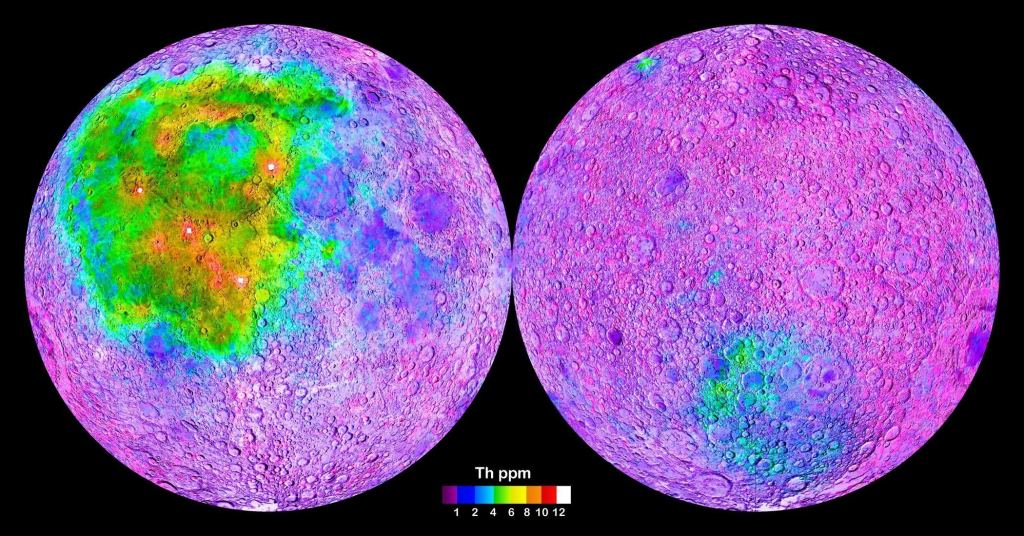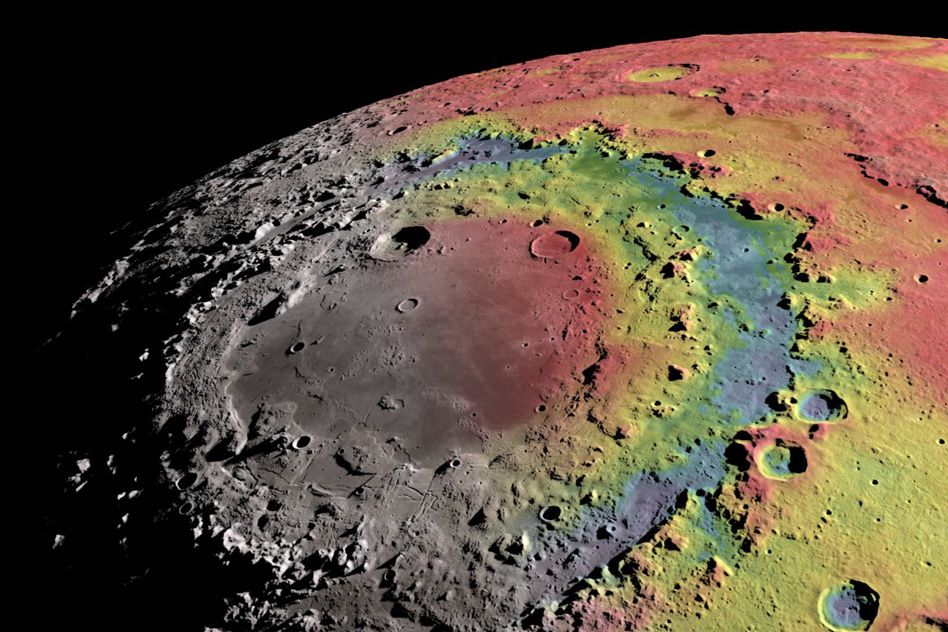The South Pole-Aitken Basin, which is on the far side of our Moon, is one of the biggest intact craters in the Solar System.
Numerous orbiters, including the Chinese lander Chang’e-4, and other spacecraft are examining the region, which is the focus of numerous research. Now, scientists have found something strange under its surface.

A structure that weighs 2.18 billion billion kilos and measures more than 300 kilometers (186 miles) in deep has been found by planetary scientists. The team speculates that the mass may have come from the asteroid that created the crater, as described in the journal Geophysical Research Letters.
“Imagine burying a mass of metal five times the size of Hawaii’s Big Island underneath. We identified about that much unexpected mass, “Baylor University’s Peter B. James, the paper’s principal author, said in a press release.

The Gravity Recovery and Interior Laboratory (GRAIL) mission of N.A.S.A, which monitors minute variations in the Moon’s gravitational field, made it feasible to make the finding. The internal structure of our natural satellite may be investigated using these findings. The mass they measured, it turns out, is sufficient to pull the whole basin’s bottom down by over a kilometer (more than half a mile). That’s quite the pull considering the crater has a circumference of around 2,500 kilometers (1,550 miles).

According to James, “we uncovered the unusually big amount of material hundreds of kilometers underground the South Pole-Aitken basin when we merged it with lunar topography data from the Lunar Reconnaissance Orbiter.” The metal from the asteroid that created this crater is still trapped in the Moon’s mantle, which is one reason for the excess mass.
Computer models were used by the scientists to explain the phenomenon. It is conceivable that the asteroid, which struck the Earth some 4 billion years ago, stayed buried in the mantle rather than entering the core. An alternate theory focuses on the solidification of the Moon and hypothesizes that the magma ocean’s concentration of dense oxides may have developed when it cooled and settled.

Several satellite organizations are interested in the South Pole-Aitken Basin because of how unique it is. The area may be utilized to research the history of the Moon as well as its internal make-up. A catastrophic impact on the surface of a rocky planet may be studied in this environment the best.







